Where does diversity begin? This was a prevalent question amongst the diversity officers of the Associated Colleges of the South (ACS).
The ACS diversity officers come together once a year to share experiences and information about the status of diversity and inclusion on other campuses and on a national level. ACS’s 10 member colleges (Hendrix, Richmond, Southwestern, Sewanee, Furman, Birmingham Southern, Rhodes, Centenary, Davidson and Trinity) gathered at Rollins College from Sept. 9 to 11.
Dr. Matt Ouellett facilitated the conference. They discussed the dynamics of diversity education required in and outside the classroom in order to create a respectful teaching and learning environment.
Another topic discussed was how to continue to sustain the network and collaboration of diversity officers. The ACS diversity officers’ goal this coming year is to build an effective partnership with ACS staff in order to enhance support from top administrators of our institution.
Rollins student leaders involved in championing diversity on campus also joined the group over lunch.
Many of the directors I spoke with during that Saturday afternoon were overseeing cultural organizations just like the ones we offer here at Rollins. Some of the schools represented have organizations that might even be good additions to our organizations.
One would think that it was the students themselves who have to want to make progress in the direction of diversity, but one Rollins student in attendance, Marc Jolicoeur ‘13, believes that diversity and interest in those matters alike begin with the faculty.
His reasoning was that, since students spend the most time in the classroom while here at Rollins, it is most likely their professors that ignite in them the urge to make changes in order to diversify an aspect of their lives or communities. After lunch, the ACS officers and Rollins students visited the Hannibal Square Heritage Center, located in west Winter Park, a historical, black community.
Crossing the train tracks to enter into west Winter Park makes you question the intention of its founders. In 1881, Loring A. Chase and Oliver E. Chapman planned a beautiful residential community of winter homes designed for wealthy Northerners.
A mere four years later, Alonzo Rollins donated $50,000 to establish Rollins College in the burgeoning town of Winter Park.
The development of this city into a college town was done in a whirlwind of productivity, but use of these newfound resources was limited only to whites living on the east side of the tracks. The question is: what was life like on the other side of the tracks — in Hannibal Square?
An “All Negro” community was a risky endeavor that Chase and Chapman took on; the risk was little compared to the productivity the community would provide in order to help them make their dream a reality. After receiving help from blacks during development of the area, some tried to detach the name of Hannibal Square from Winter Park.
After all, many thought that blacks were lucky they were even allowed to vote. Many obstacles arose as the Hannibal Square community tried to vote, and it was rescheduled three times. However, the night of the voting the citizens of Hannibal Square joined together and crossed the train tracks into Winter Park to vote, and Hannibal Square — now known as west Winter Park — remained a part of the larger city.
How interesting it is then, that Loring A. Chase, who built this town to be a segregated community, is the namesake of the building in which the Office of Multicultural Affairs resides. So where does diversity begin? Does it begin with our neighbors? Does it begin with your educators? Or does it begin with you?


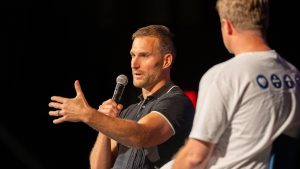
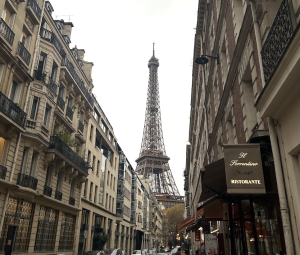
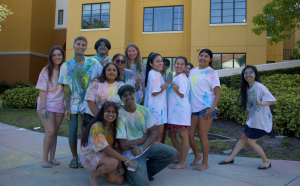
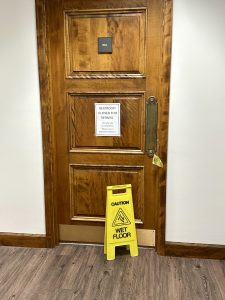

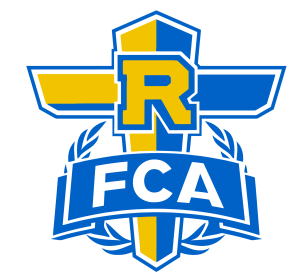
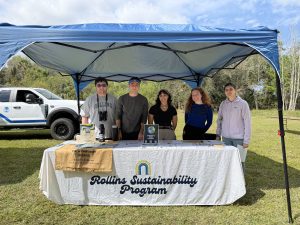
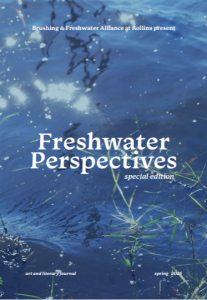

Be First to Comment